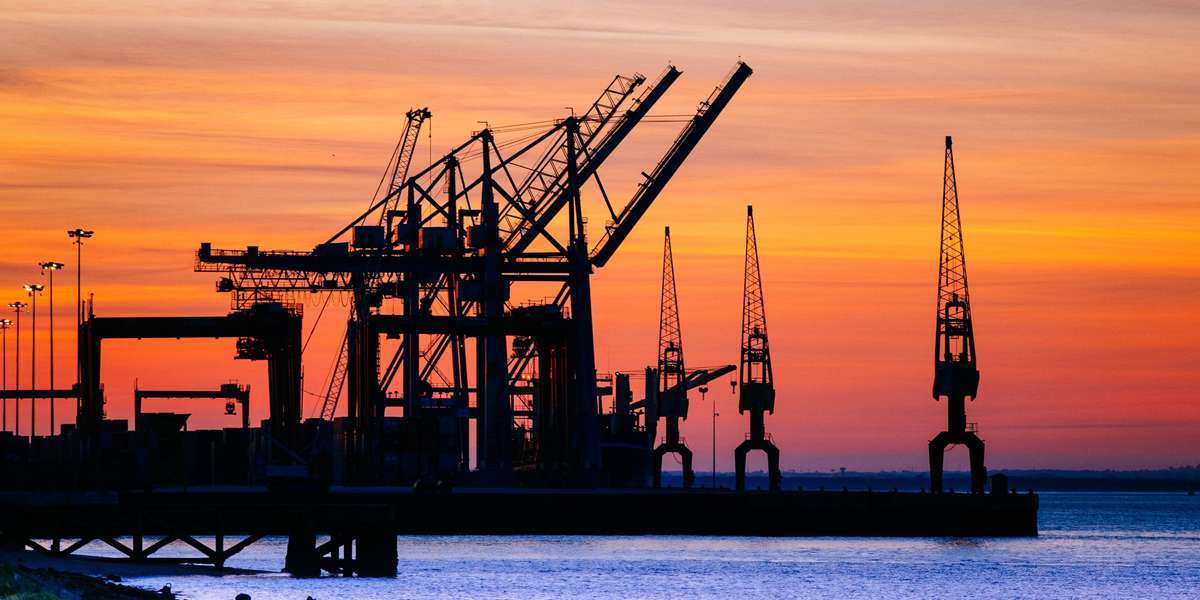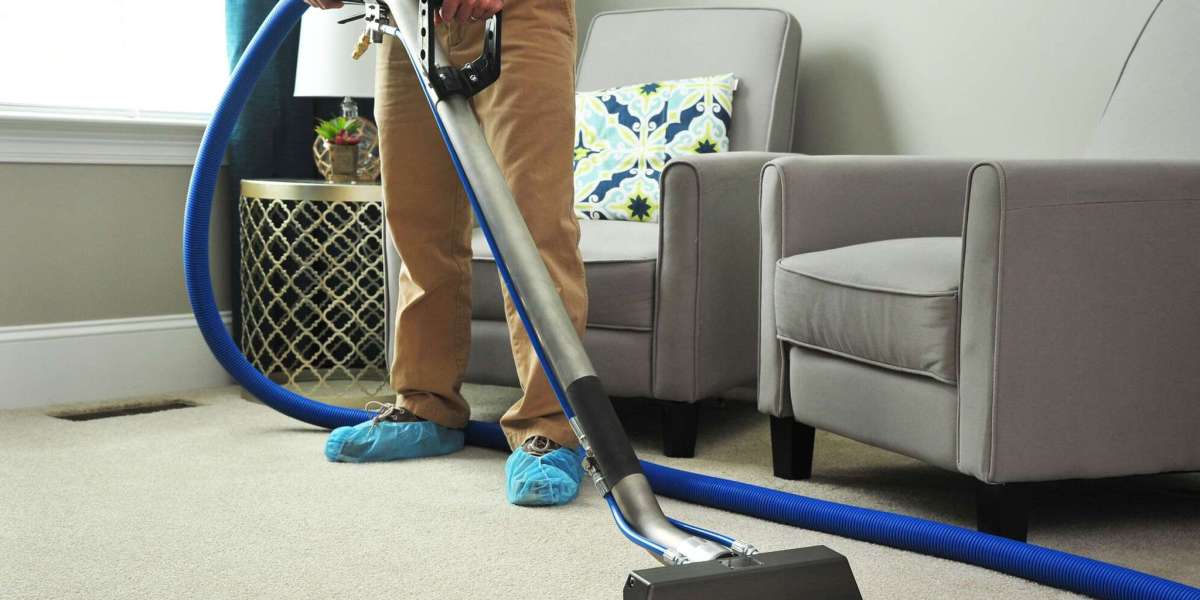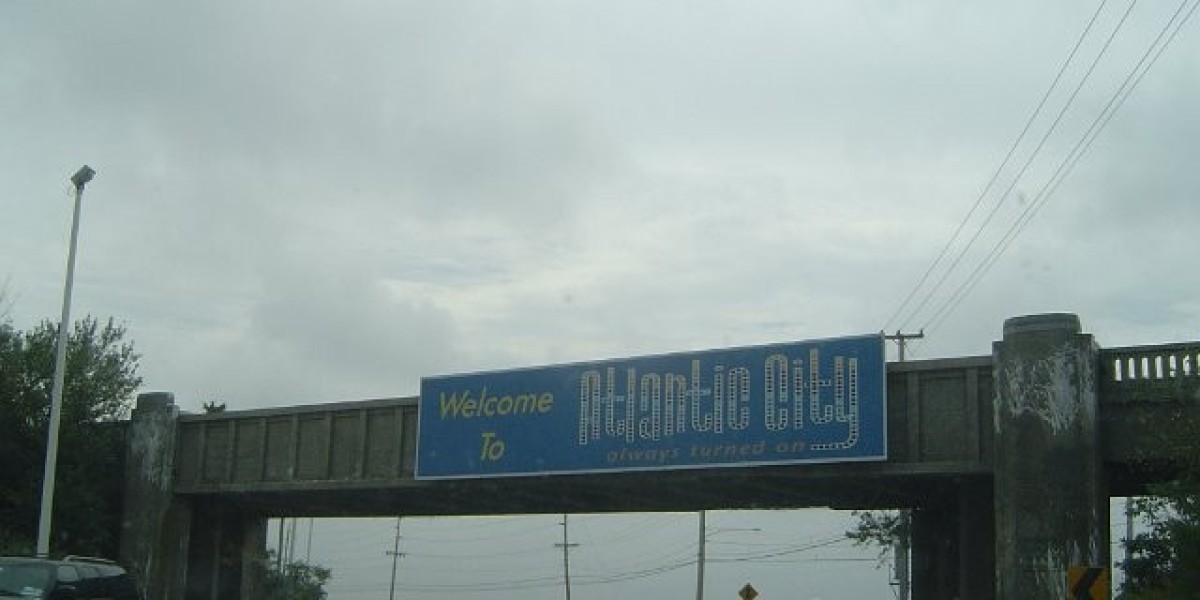Kerala, known for its 590km long scenic coastline, has always shared an inseparable connection with the sea, economically, culturally, and ecologically. The Harbour Engineering Department (HED), functioning under the Fisheries Department, plays a crucial role in developing and maintaining fisheries harbours, fish landing centres, and allied infrastructure like breakwaters, seawalls, and fish markets.
Established in 1982, HED has successfully completed over 50 fisheries harbour projects, designed more than 100 fish landing centres, and has been instrumental in coastal protection and harbour modernisation. However, the department's potential in areas like citizen interface, transparency, real-time data sharing, and grievance redressal can be improved. Enter "weone", a mobile platform launched by the startup company Intia with the support of the Local Self-Government Department, that connects governance with people through seamless digital interaction.
Let us explore how Kerala's Harbour Engineering Department can improve its visibility, efficiency, and inclusivity by integrating its services with the weone app.
1. Real-Time Harbour Project Tracker
Currently, updates about harbour development or renovation projects are often limited to press releases or departmental websites. Through weone, HED can publish a live project tracker, a visual dashboard that displays:
· Project name and location (with map pins)
· Status: Planning, Construction, Completed
· Contractor details and expected timeline
· Budget allocation vs utilisation
This ensures transparency and keeps fisherfolk, traders, and local bodies well-informed of ongoing developments.
2. Geo-tagged Maintenance Alerts for Infrastructure
Fisheries harbours and landing centres often face wear and tear, damaged jetties, broken auction platforms, or non-functional lights. Fishermen can use a dedicated tile in weone to:
· Upload a photo of the issue
· Auto-capture location via GPS
· Select the category (lighting, jetty, auction platform, waste disposal, etc.)
· Submit the complaint directly to the respective Assistant Executive Engineer
The app assigns a unique complaint ID, tracks status, and notifies the user once the issue is resolved. This system bridges the gap between harbour users and engineers in real time.
3. Tide and Weather Updates for Fishermen
While IMD and INCOIS offer marine weather alerts, not every fisherman accesses them. By integrating tide charts, wave height data, wind speed, and fish shoal prediction maps into weone, HED can offer:
· Multilingual alerts in Malayalam, Tamil, and English
· Push notifications before high tide or storms
· Safety instructions and helpline numbers
This can drastically improve fisherman safety and reduce marine accidents, particularly during monsoons and cyclonic depressions.
4. Public Participation in Harbour Planning
Local communities, especially fisherfolk, often have valuable inputs on harbour layout, access, hygiene, and market design. Through weone, the department can launch:
· Online feedback forms before new harbour proposals
· Opinion polls on location, amenities, and priorities
· Visual mock-ups or 3D drawings for public viewing
This enhances participatory governance and aligns projects better with local needs.
5. Transparency in Fish Market Infrastructure Projects
HED is also responsible for constructing modern hygienic fish markets. Using weone, citizens can track:
· Market design features (ice storage, waste treatment)
· Contractor info and cost estimates
· Expected opening dates
Vendors and cooperative societies can register for shop allocations, avoiding middlemen and ensuring fairness in stall distribution.
6. Monitoring Coastal Protection Works
With increasing sea-level rise and tidal surges, seawall and groyne construction is vital. Using weone, HED can:
· Upload seawall project zones
· Mark vulnerable stretches of the coast
· Push alerts to nearby users during construction
· Gather community inputs for erosion hotspots
This empowers coastal dwellers to be part of the climate resilience efforts.
7. Benefits to the Ecosystem
· Fishermen stay safer at sea and get faster repair resolution
· Vendors and market workers gain fairer access and clean facilities
· Officials get real-time field data and citizen priorities
· Public experiences a government department that listens, informs, and delivers—on time
Conclusion
The Harbour Engineering Department has silently shaped Kerala’s coastal infrastructure for four decades. But in this digital age, silent efficiency must evolve into visible responsiveness. By partnering with weone, HED can bring the ocean to the app, making harbours not just functional structures, but community-powered hubs of safety, sustainability, and smart governance.
From jetties to joysticks, from seawalls to smartphones, Kerala’s harbours are ready to sail digital.




